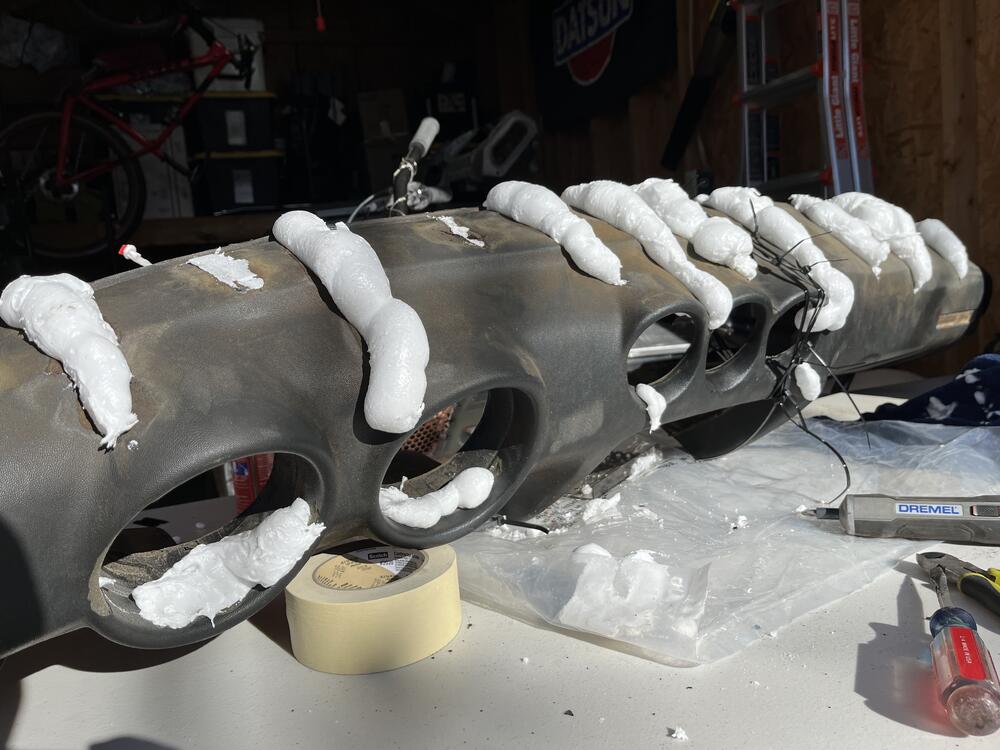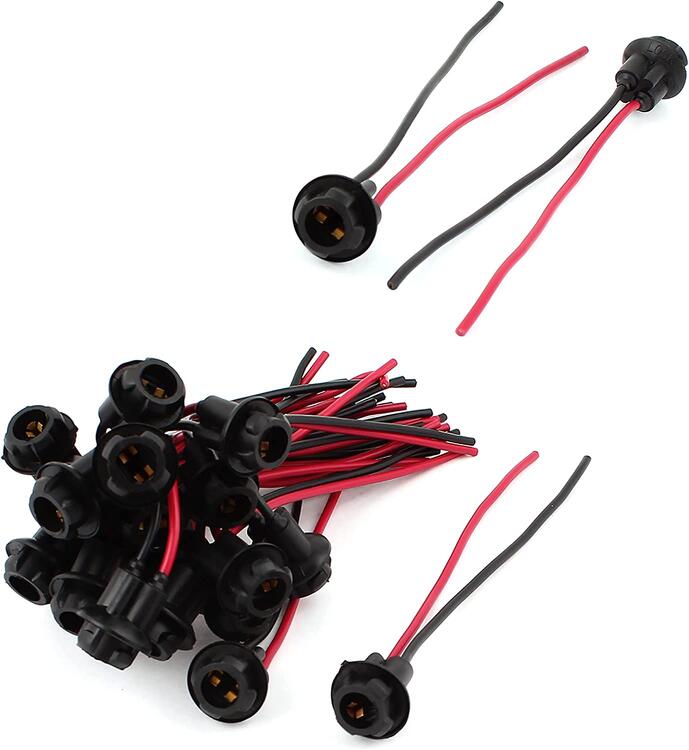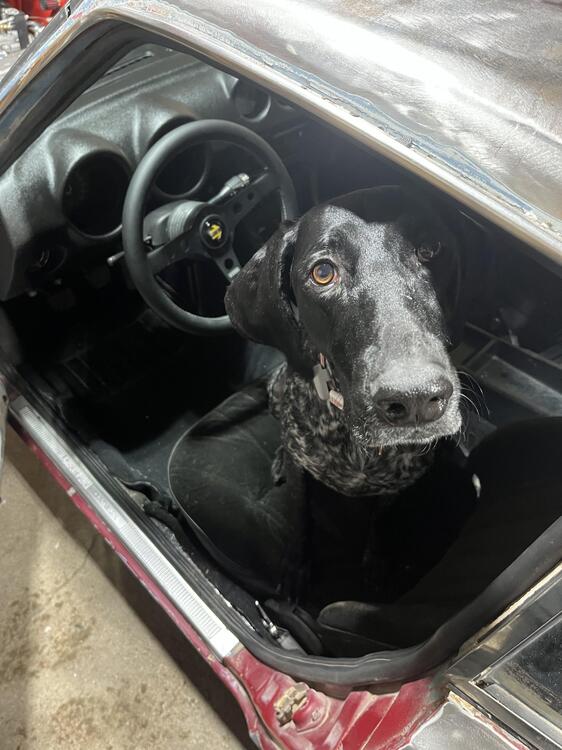Dove into restoring the dash this past couple of weeks. It was destroyed by the Arizona sun. I didn't photograph the process too much because, honestly, I didn't have high hopes on it turning out well.
Here is an old photo of what we were starting with:
Typical cracking for a Z dash, but boy was it brittle. My initial plan of attack was to get it off the frame and smooth out the ridges and cracks. But I was in for a nice surprise once it came off the dash frame:
Little did I know, the frame was holding together my now two piece dash 😅 The crack near the third gauge pod made its way entirely through the dash. Now I needed to fuse these back together before I could start any sort of work.
I also looked into vintage dashes or other reproduction/professional repair options but the cost was just too much at this time. I told myself to try fixing what I have first, then if all else fails, a reproduction dash is always an option.
I grabbed some spray foam (loctite brand) and a couple strips of plastic to act as a "stitch" beneath the foam for the two pieces of dash to become one again. After "v" shaping all the cracks and smoothing out the ridges, I foamed everything together and used a jig between a couple of the mounting points to hold the two pieces of the dash in the correct spot. Note all my zipties in the photo below trying to make sure I didn't move the critical bond.
After a good 36 hours of drying, I finally mustered up the courage to undo the zip ties and see if everything held. And surprisingly, it did! Sturdy enough to bear the weight of itself from one side even. Success!
I now had a dash and no longer had dashes. I began to cut away at the foam and sand smooth with an orbital sander. It came out surprisingly well. The foam feel is excellent. Soft to the touch but firm enough to hold shape. I imagine this is how a good condition Z dash would feel.
Unfortunately, this wasn't the end of my road blocks. If you look closely at the crack near the third gauge pod, my jig didn't take into account the transition between the two dash pieces. So while they are the correct distance from each other, the expanding foam must've made its way between the jig and the right piece to cause it to flare up slightly. Not a huge problem as I could sand, filler, and smooth it out. But something to note for future me.
I started to work the dash to ensure all nicks and minor cracks were taken care of. But it was endless...I would fix one, but the stress would cause another. I could cause a crack by just pressing down on the old foam fairly easily. Pricing out the cost of materials for filler, skim, paint, etc. I started to look into dash caps.
I know, dash caps are not a good permanent solution. But who's project car is ever permanently done? 😉
I did some research on peoples horror stories of warped caps or il-fitted gauges, glove box, etc. Some don't even match the OEM color. Luckily, every time someone brought up American Dash Caps, it was always positive. So that is the route I went here. Ordered up their full face deep cut cap and optioned to paint it satin black with SEM.
Overall, it was a fairly decent cap. Some of the trimmings were rough, but easily cleaned up. They provided the silicone and an 18month warranty if you follow their steps. Simply apply the silicone 1/2" away from all edges and openings. It feels weird not applying silicone to the middle, but I bet this helps with expansion and contraction. I did need to sand a couple edges down for a snug fit.
And here we are now! So much better than before. The photo makes it look very glossy, it is from the garage lights and just wiping it down after install. The true finish looks much more like the right side, satin. It is very close to the OEM finish in my opinion.
While the dash was out I updated my gauge lights to white LED in a T10 socket. Almost half of my original plastic sockets were broken or missing tabs. Picked these up and the rubber socket allows for a snug fit with minimal trimming (of the socket itself, not the gauge).
I also cleaned up the dash wiring harness, installed a momo wheel I picked up while visiting in Japan! Cleaned up my gauges inside and out while I was removing the green lenses. Couldn't get that darn clock to work....
Everything is slowly coming together for the interior. Next up is some door cards and a new carpet kit. Not a huge fan of the one piece molded carpet. Going to look at Newark or Chester and Herod for my next kit.
I'll leave you with a pic of my helping hand in the garage. She's much more willing to be out here in 40 degree weather as opposed to the 100+ degree Phoenix summers 🙂















